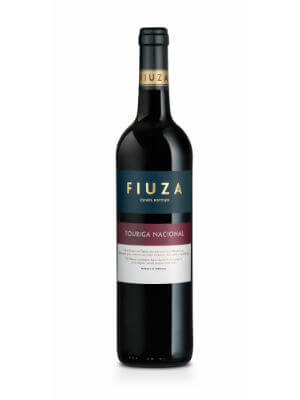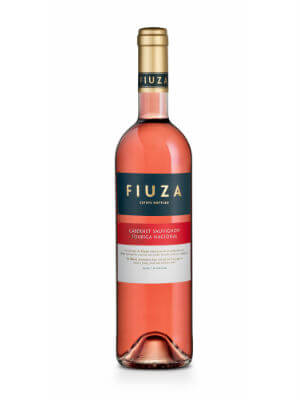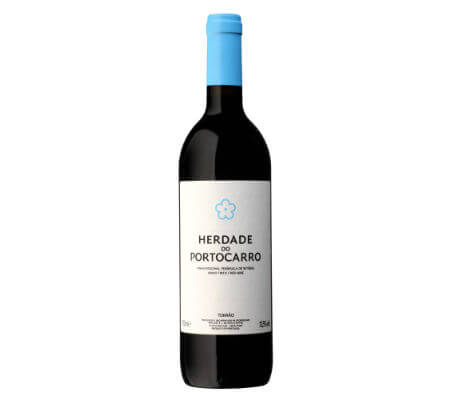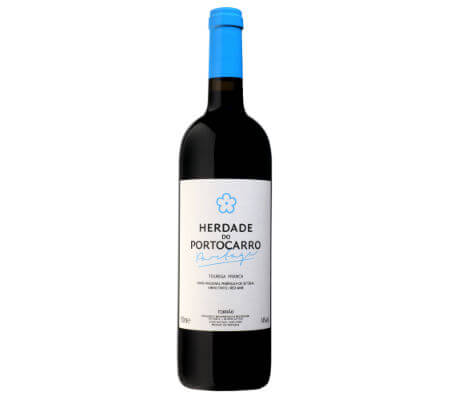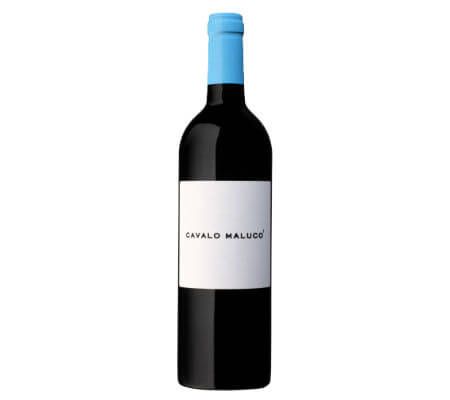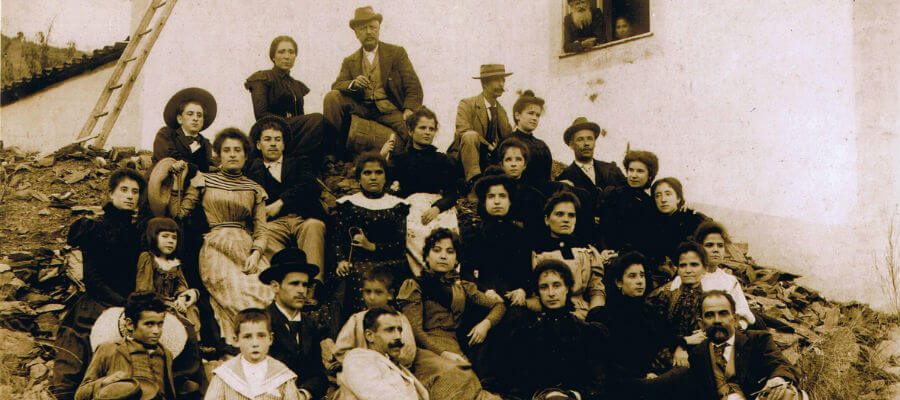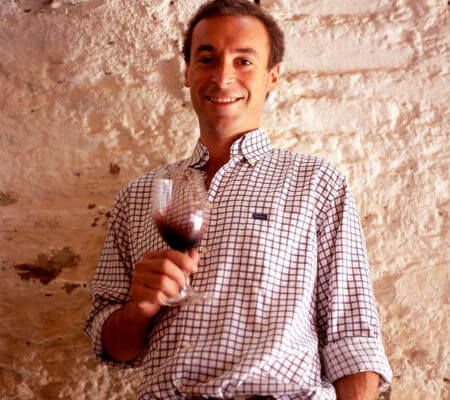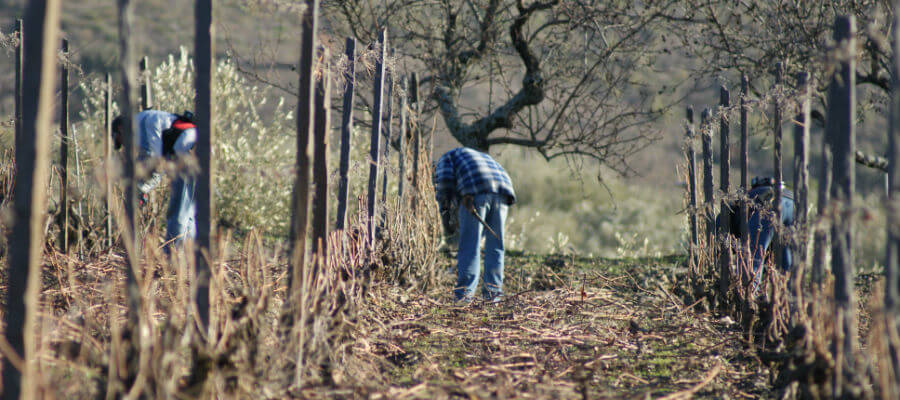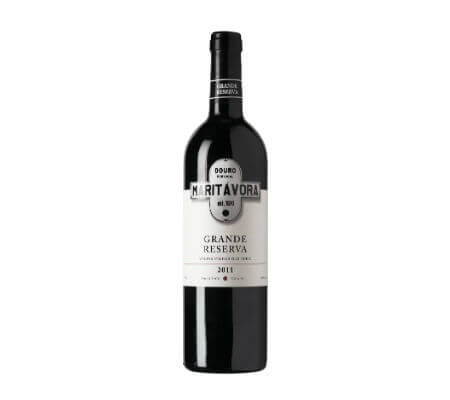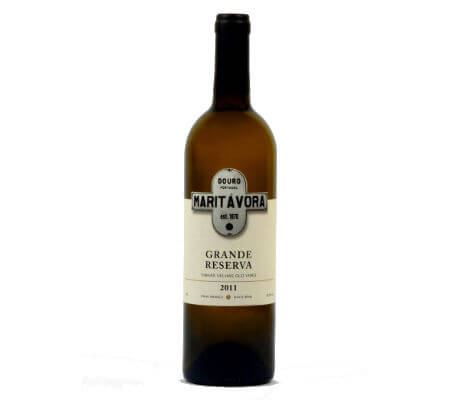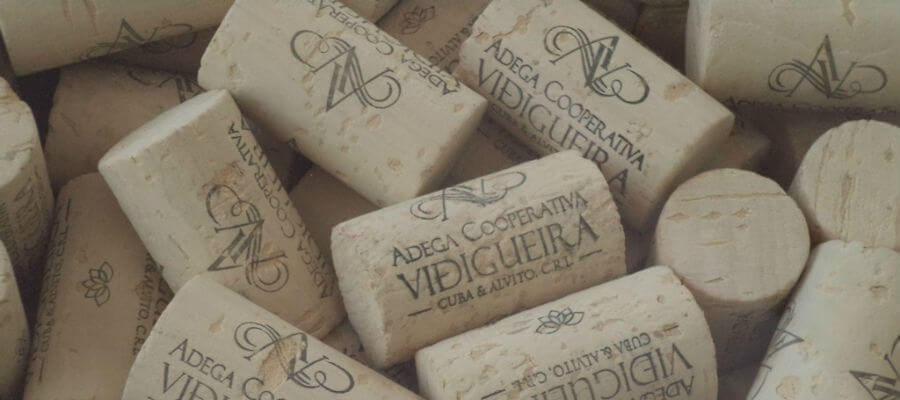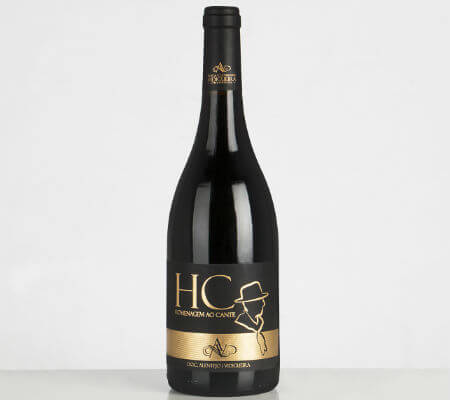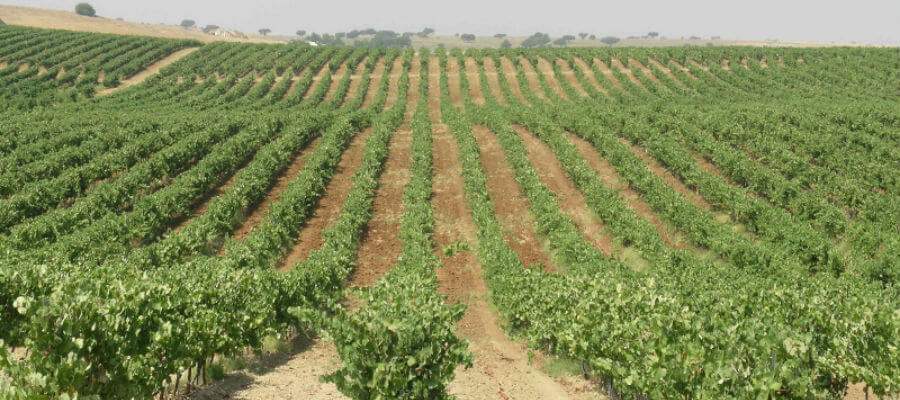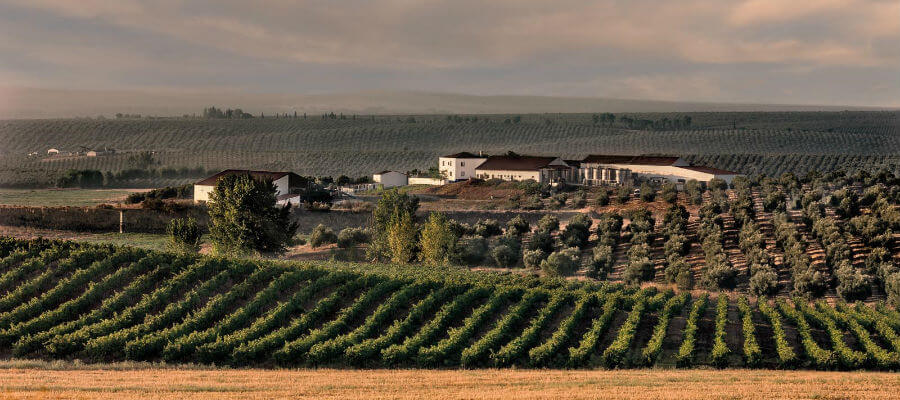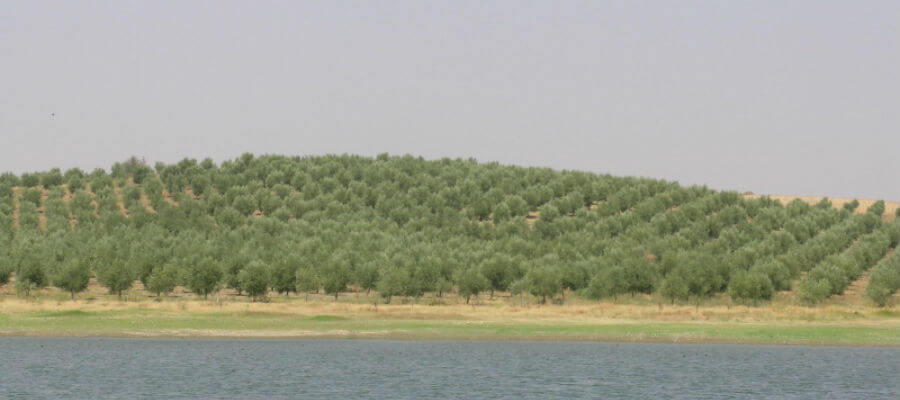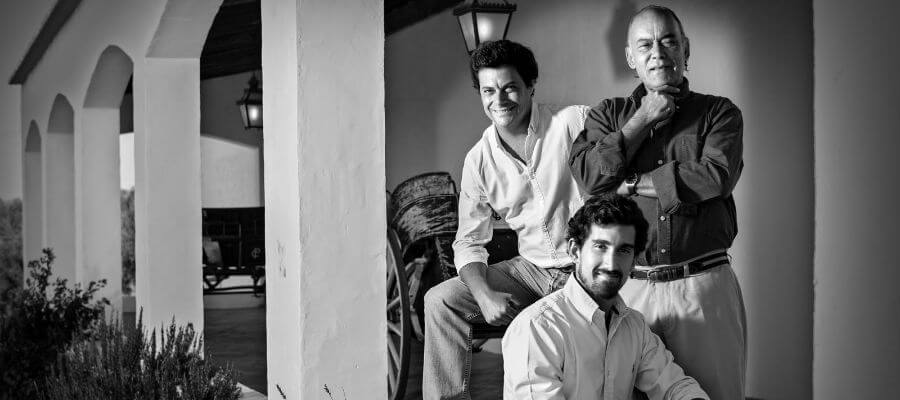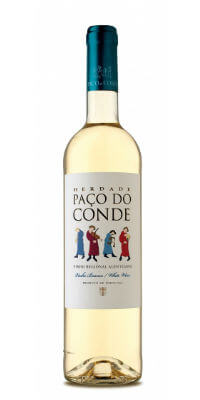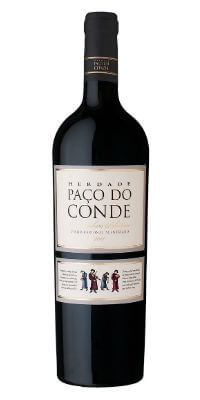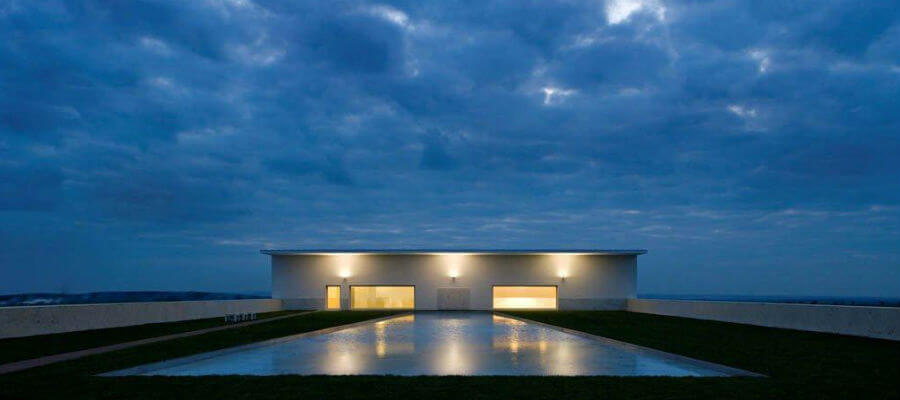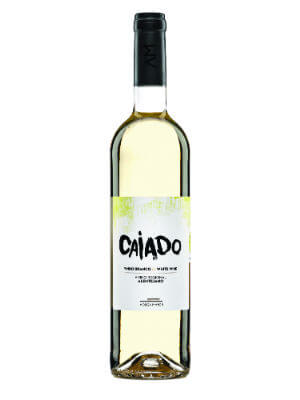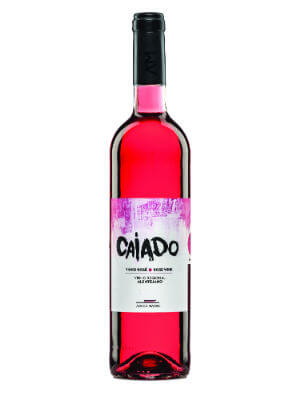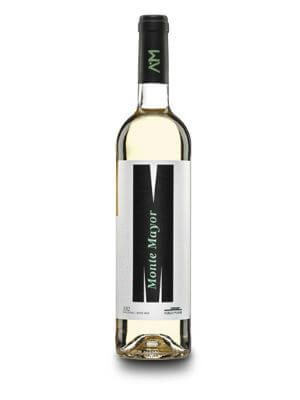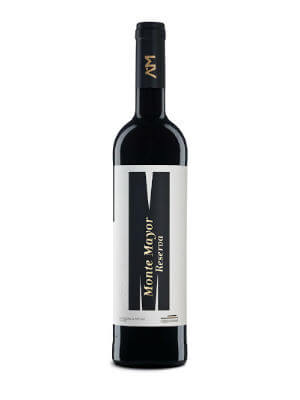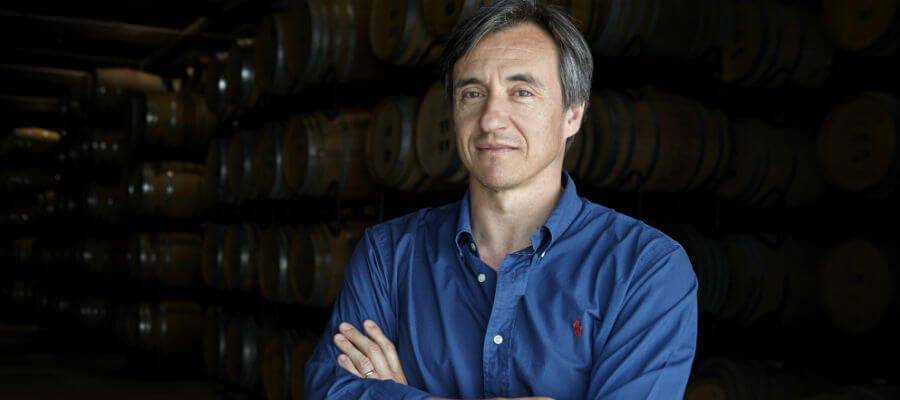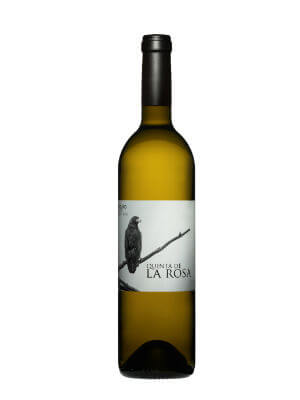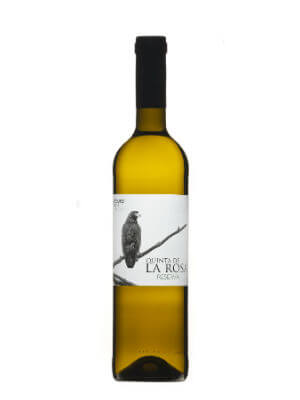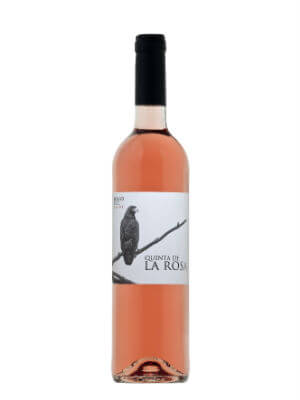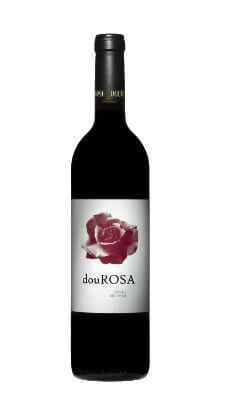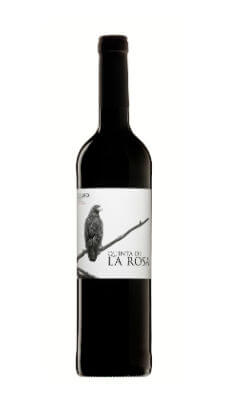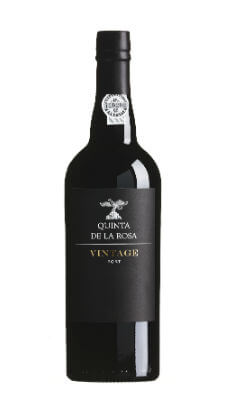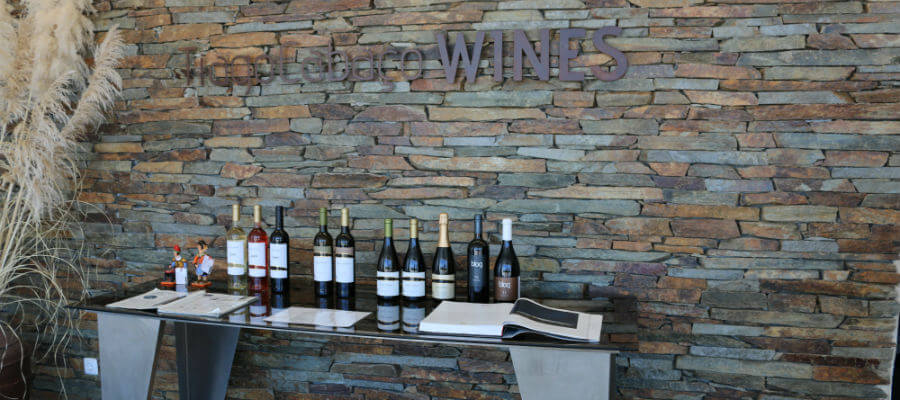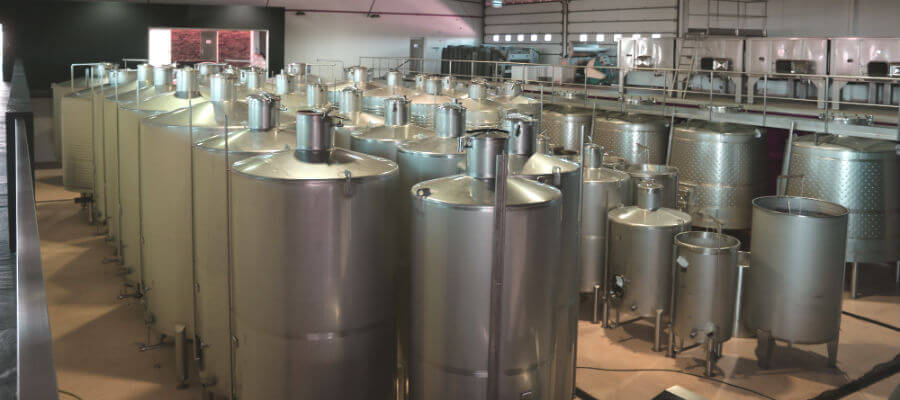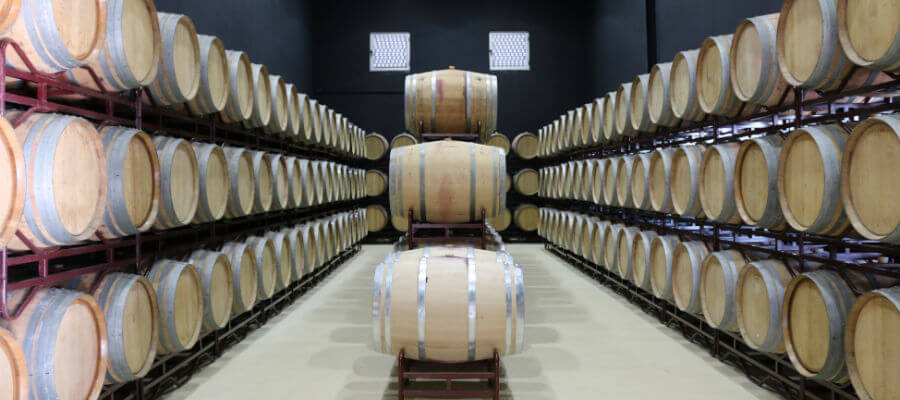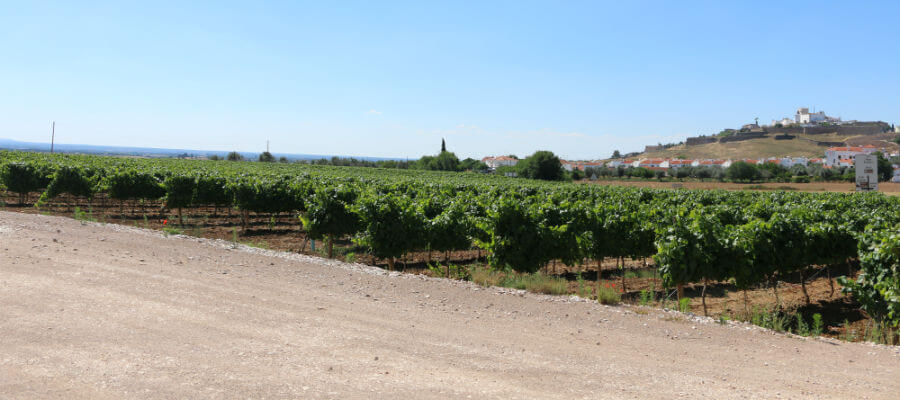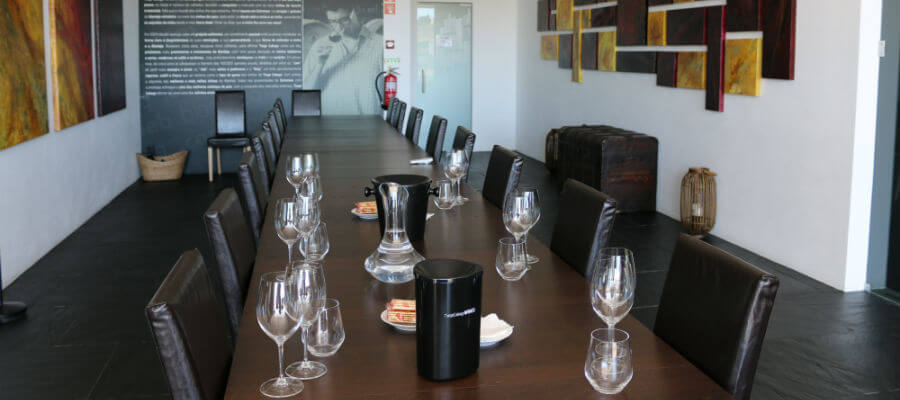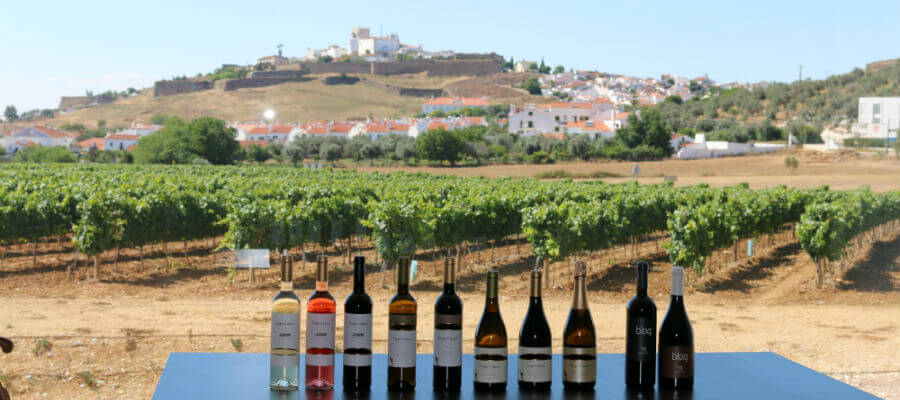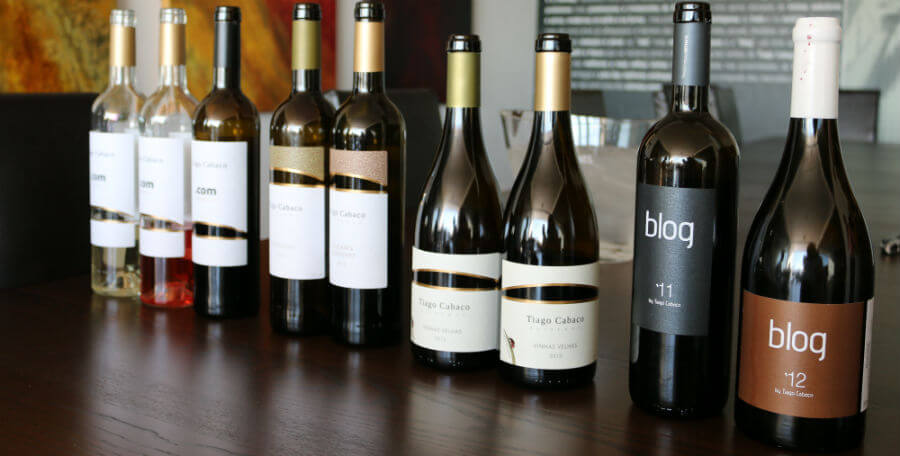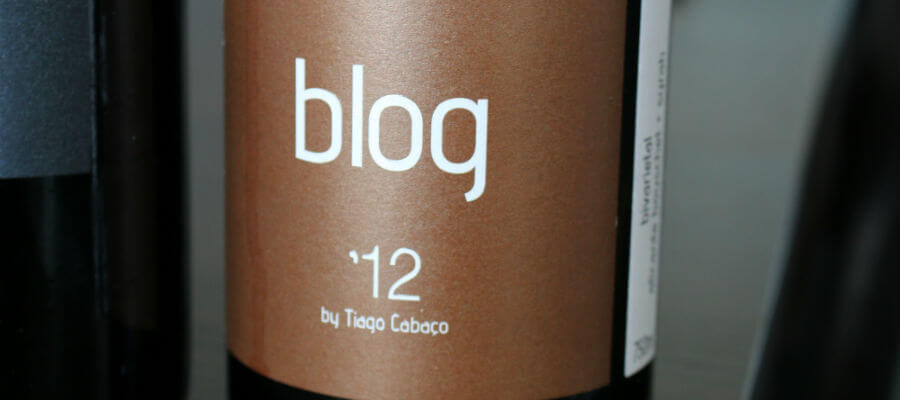Quinta de Foz de Arouce Vinhas Velhas de Santa Maria 2005
Text João Barbosa | Translation Jani Dunne
The weight of glass upsets me. I’m very likely the first writer to start a wine chronicle like this. Does it have anything to do with any thing? It does! Basically, with our carbon footprint and/or respect for nature. A few years ago, people knew that, to be successful, all you needed was to have big numbers on a label (and scribble a currency symbol) and to fill a bottle weighing 3.7 pounds in tare weight (fact).
Glass is a noble thing, but you don’t drink it. I had to write this because what I am introducing here is a worldwide issue. It’s a good wine (!), it’s in a good bottle, and it doesn’t weigh a ton. High-quality glass is essential for storing a nectar that promises to be worth the wait. It’s that simple, not a single gram more.
The other “half” of the “world” is the nature that wines by Quinta de Foz de Arouce convey. If some wines deserve to be reported for revealing terroir, this is one of them. In my opinion, those seven letters represent a poetic acronym for soil, subsoil, geophysical positioning, agriculture and/or nearby vegetation, grape variety, fauna, climate, agricultural and cellar knowledge, and… I’ll get to the last component. There is no wine without man, so man must also be part of this equation.
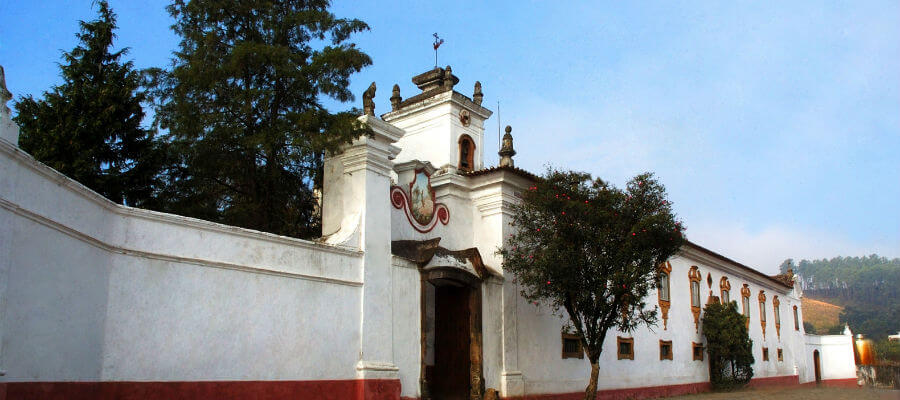
Quinta de Foz de Arouce – Photo Provided by Quinta de Foz de Arouce | All Rights Reserved
Bad wines can be made out of ingredients used to make good wines, but you cannot possibly achieve the opposite. It’s also true that some land, where master-pieces originate, is magical; however, the painter might produce Da Vinci’s “Gioconda” instead of “The Birth of Venus” by Sandro Botticelli. That is where the last component comes in: the producer – he must demand his portrait, his image and lineage.
Quinta de Foz de Arouce is in a “non-place”! It’s not quite in Bairrada, nor in Dão, nor anywhere else. This property is unique, because if it weren’t so, there would be many wines of this dimension around there.
If it were in Burgundy, Foz de Arouce would be a Grand Cru, or a Monopole. I learnt in school that it belongs to Beira (Alta, Baixa and Litoral [North, South and Coastal]) – the “non-place” is about 14 miles away from Coimbra.
Did I overdo it when I said Grand Cru? I have no knowledge of a brother to this wine. It has a remarkable ability to age. We’re in 2015 and I opened the 2005. In perfectly good shape, elegant, long, deep, and complex. Is it worth it to compile descriptors? The whole wine comes and goes, in and out like in a dance, as it swirls in the glass. It has 14% alcohol, and nobody would say so until they check the back of the bottle.
The count’s residence has documents dating from the seventeenth century that refer to the wine’s quality. It would take some time to tell the story, but a lord of Foz de Arouce once played a practical joke on Filipe III of Portugal (Felipe IV of Spain) when he bet a few barrels of his already popular nectar.
Quinta de Foz de Arouce, Vinhas Velhas de Santa Maria 2005 is a monument, and it’s made of an unpopular variety. Today, people are beginning to sing praises to the Baga variety. Whether it comes from Dão or Bairrada, it’s definitely not a whippersnapper. Its claws, however, are out and ready for action.

Quinta de Foz de Arouce Vinhas Velhas de Santa Maria 2005 – Photo Provided by Quinta de Foz de Arouce | All Rights Reserved
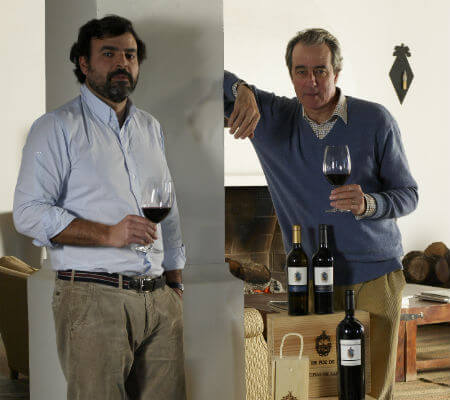
João Perry to the left and João Portugal Ramos to the right – Photo Provided by Quinta de Foz de Arouce | All Rights Reserved
In human terms, João Portugal Ramos – son-in-law to the current count of Foz de Arouce – is known as one of the best Portuguese oenologists. He has João Perry Vidal to help him in that Coimbra farm. Vidal is on first name terms with the vineyards, and knows the names of all the bees and ladybirds.
At first, there were only Baga vineyards. A few years ago, a few shoots of Touriga Nacional were cultivated that created a differentiation between the “normal” Foz de Arouce and the “Vinhas Velhas”. A white wine was also born from the Cerceal variety.
They are all good, but there is, of course, “the one”.
Contacts
Quinta de Foz de Arouce
3200-030 Foz de Arouce
Lousã, Portugal
Tel: (+351) 268 339 910
Fax: (+351) 268 339 918 / 268 339 916
E-mail: condefozarouce@jportugalramos.pt
Website: www.fozdearouce.com





